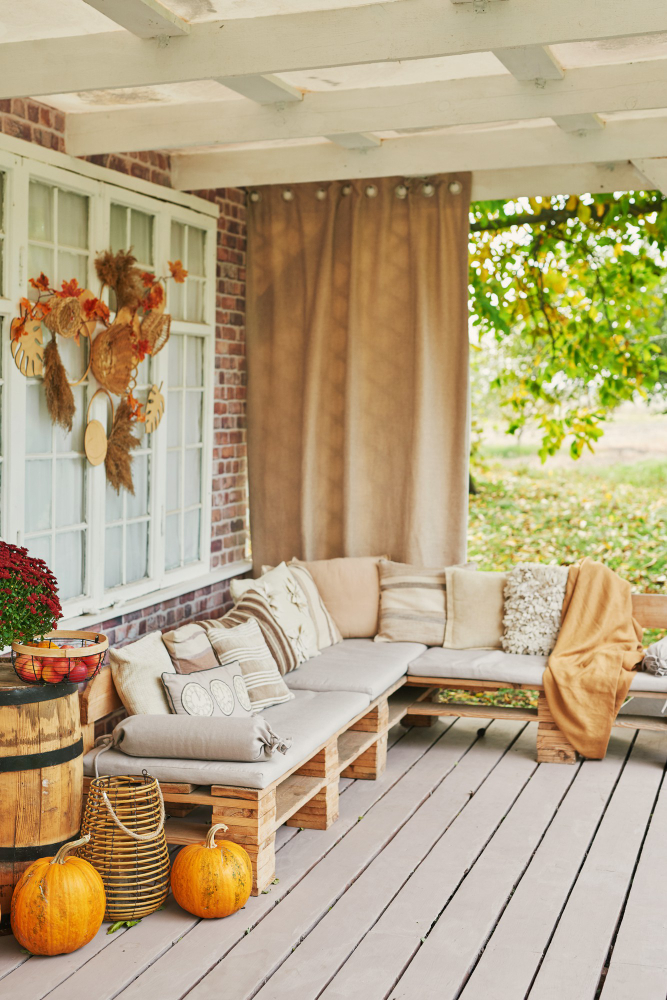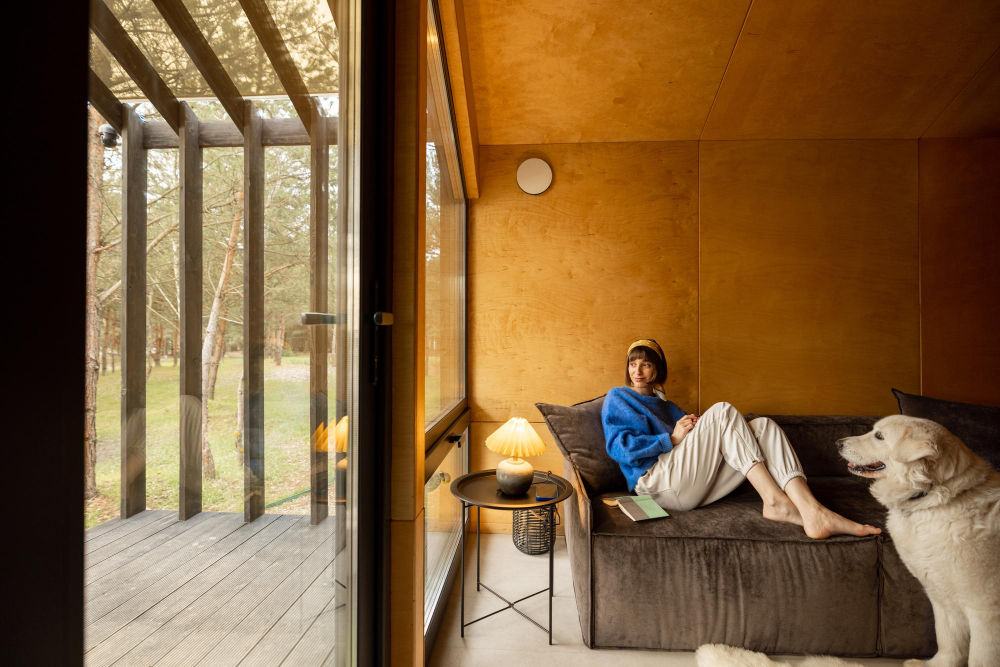Last updated on
A garden is not just a place to grow plants; it’s an expression of one’s personality, a work of art sculpted over time, and a sanctuary for the soul. One of the most versatile and underutilized tools in a gardener’s toolkit is the retaining wall.
Though primarily known for its functional purposes—preventing soil erosion and managing slopes—retaining walls have a multitude of aesthetic and practical applications.
Terraced Gardens
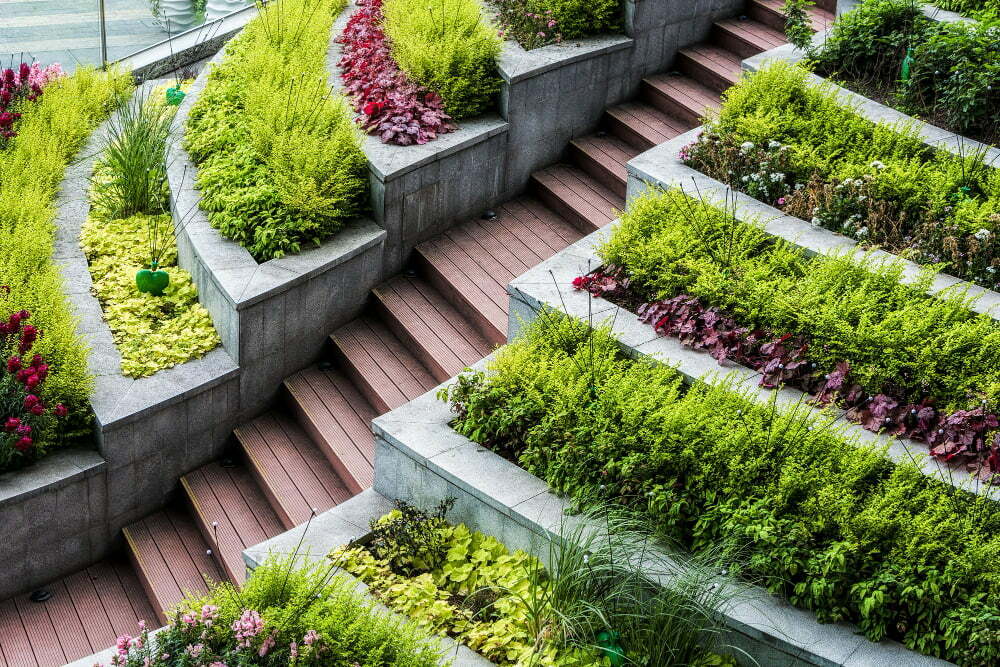
A series of retaining walls can transform a sloped backyard into a multi-leveled terraced garden. Each terrace can be designated for different plants, flowers, or even vegetable patches. This not only optimizes space but also creates a stunning visual hierarchy in your garden.
Incorporate Seating
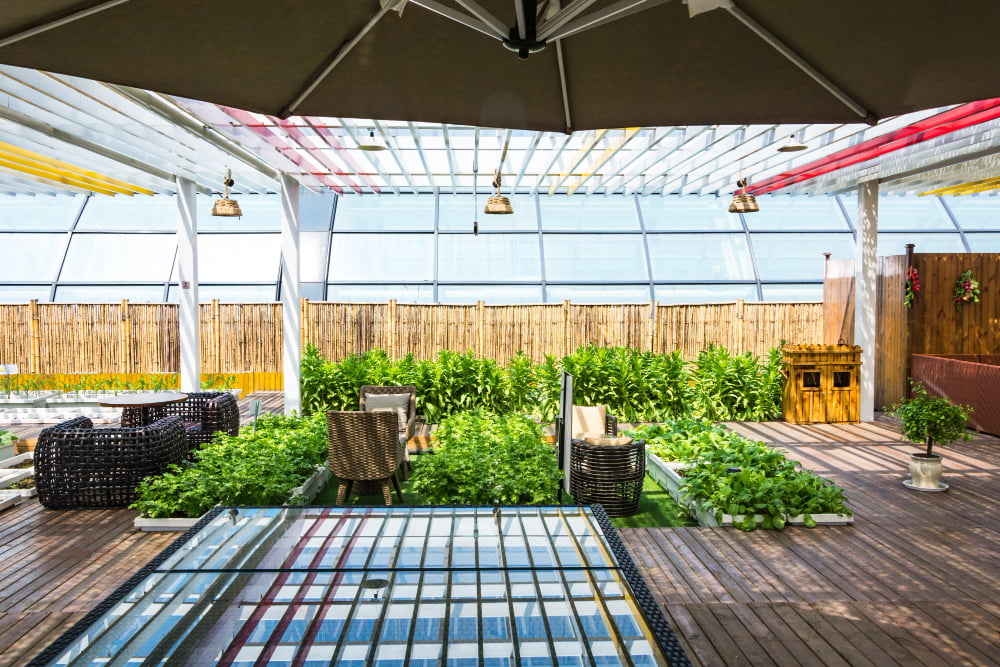
Retaining walls can be fashioned with a dual purpose. A flat-topped wall can double as a seating space, perfect for guests during garden parties or for a quiet moment of solitude amidst greenery.
Integrated Planters
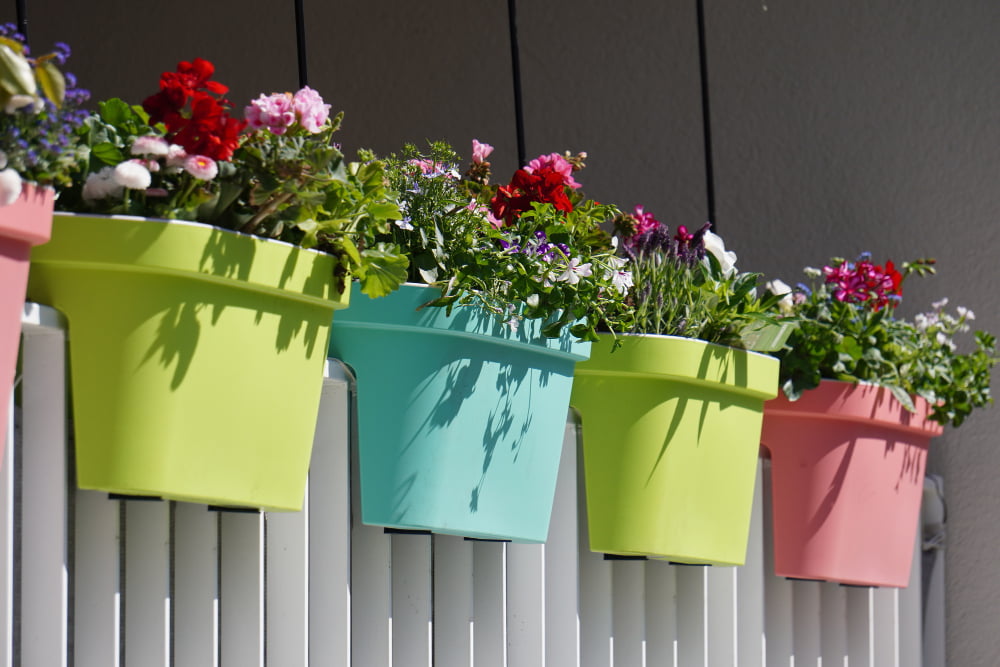
Create pockets or niches within the retaining wall to serve as built-in planters. These can be filled with succulents, flowers, or herbs, adding depth and variety to the wall’s appearance.
Water Features
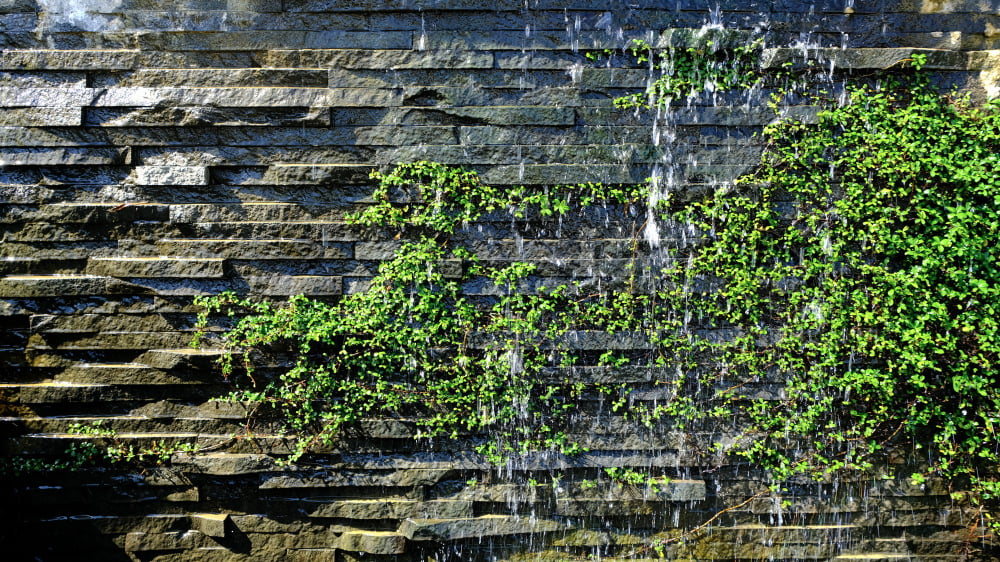
Water cascading over a retaining wall can make for an impressive water feature. The sight and sound of flowing water can transform your garden into a peaceful retreat.
Create Zones
Use retaining walls to delineate different areas or zones in your garden. For instance, separate a children’s play area, a vegetable patch, and a barbecue zone using varying heights and designs of retaining walls.
Elevate a Patio or Deck
By elevating a patio or deck using a retaining wall, you can create a distinct area for outdoor dining or lounging. This can provide an excellent vantage point to view the rest of your garden or surrounding landscapes. Don’t forget that you’ll need to rely on concrete sleepers as well to strengthen these structures for the long term.
Pathway Borders
If you have pathways winding through your garden, retaining walls can act as borders, ensuring that gravel, mulch, or other path materials stay in place while also giving a polished look.
Enhance Lighting
Incorporate lighting within or atop retaining walls to illuminate your garden in the evenings. Whether it’s soft ambient lighting or spotlighting for specific features, retaining walls can become an integral part of your garden’s lighting design.
Rock Gardens
Retaining walls can serve as the backdrop for a rock garden, where a variety of alpine plants, stones, and pebbles come together to create a rugged yet elegant landscape feature.
Incorporate Art
Make your retaining wall a canvas. Mount sculptures, mosaics, or any other art pieces on it. It can act as a backdrop, making your art the center of attention.
Introduce Texture
Retaining walls need not be monotonous. Play with materials like brick, stone, wood, or concrete to introduce different textures and tones, making your garden landscape rich and varied.
Create a Garden Backdrop
Situate a retaining wall at the back of a garden bed, making it a backdrop for showcasing your plants. This can especially highlight and protect fragile plants or ornamental pieces.
Integrated Fire Pit
For gardens in cooler climes, integrating a fire pit or fireplace into a retaining wall can provide warmth during chilly evenings. It also serves as a focal point for gatherings.
Nooks for Garden Décor
Utilize the nooks and crannies of a retaining wall to place garden décor items, be it birdhouses, ceramic pots, or wind chimes, adding character to your space.
Green Walls
Make your retaining wall come alive! Plant climbers or draping plants so they envelop the wall, turning it into a vertical garden or green wall. This not only enhances the wall’s aesthetic appeal but also contributes positively to the environment.
Wildlife Sanctuaries
Turn portions of your retaining wall into sanctuaries for local wildlife. By adding specific plants, hollowed spaces, or feeders, you can attract birds, butterflies, and beneficial insects. Over time, your garden will become a bustling hub of nature, adding life and movement to the serene environment.
Meditation and Reflection Zones
A peaceful nook in the garden is a blessing. Using retaining walls, carve out a secluded spot for meditation or reflection. Introduce calming elements like a water feature, a statue, or a zen garden within the boundaries of the retaining walls to offer a sense of serenity and privacy.
Vertical Herb Gardens
For those who love cooking with fresh ingredients, retaining walls can be your garden’s version of a spice rack. Plant a vertical herb garden with essentials like basil, rosemary, thyme, and mint. Being raised, these herbs are easy to tend to and harvest, adding convenience to your culinary endeavors.
The Takeaway
Retaining walls, while functional, offer a world of creative possibilities. They are like blank canvases, awaiting the gardener’s vision.
Whether you have a sprawling landscape or a compact garden, integrating retaining walls can amplify its beauty, utility, and character. As with all garden elements, it’s essential to maintain these walls, ensuring they stand strong through seasons, just like the memories you’ll build around them.
Related reading:
Table of Contents


